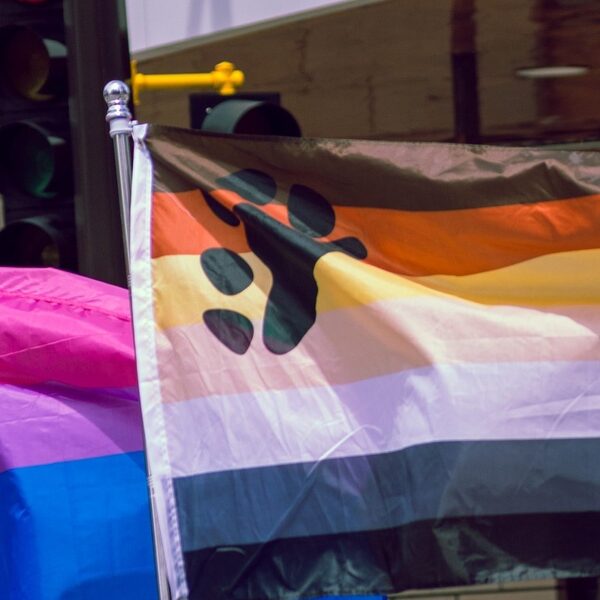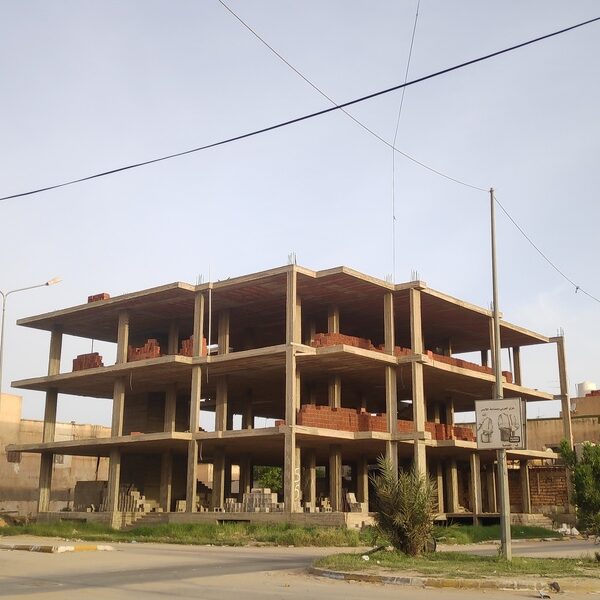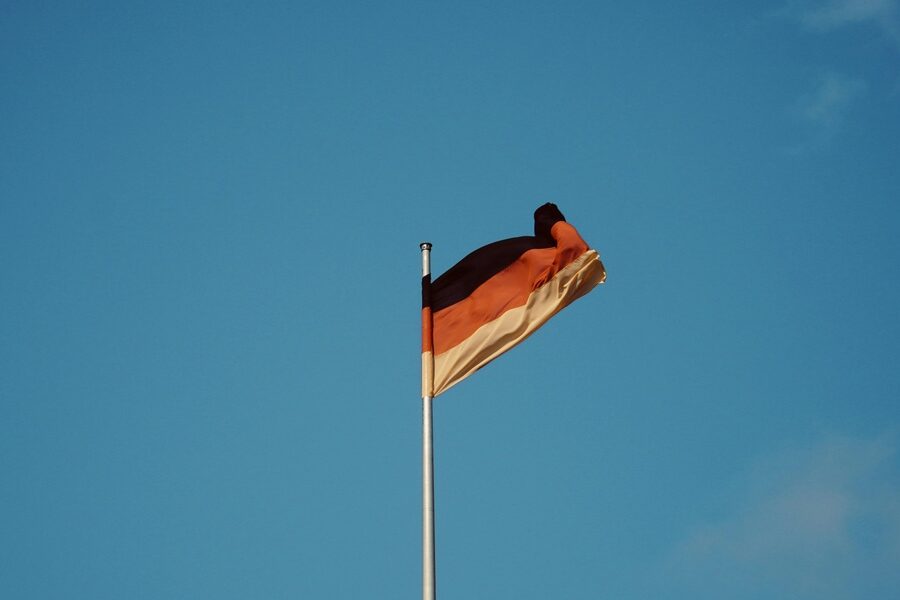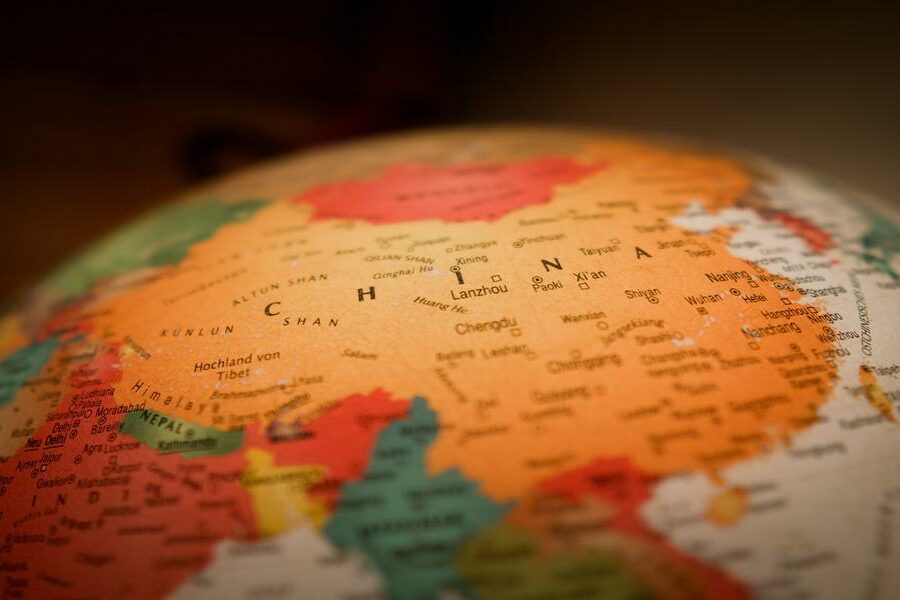Flags tell stories about place and history, from island nations to mainland states. Looking at combinations of blue, yellow, and black reveals shared themes like water, sunlight, and resilience across different regions.
There are 8 countries with blue, yellow, and black flags, ranging from Bahamas to Tanzania. For each country you’ll find below Flag (emoji),Colors present,Meaning (max 15 words), presented so it’s easy to scan; you’ll find the full list below.
Why do some countries combine blue, yellow, and black on their flags?
Blue often represents sky or sea, yellow stands for sun or wealth, and black can signify the people or strength; together they communicate geography plus national identity in a simple palette.
How should I read the short “Meaning (max 15 words)” entries?
Treat those brief meanings as concise summaries—starting points for exploring deeper history, symbols, and official explanations if you want more context.
Countries with Blue, Yellow, and Black Flags
| Country | Flag (emoji) | Colors present | Meaning (max 15 words) |
|---|---|---|---|
| Bahamas | 🇧🇸 | Black triangle; blue and yellow horizontal stripes. | Black for people’s strength, yellow for sun/sand, blue for the Caribbean Sea. |
| Barbados | 🇧🇧 | Blue and yellow vertical stripes; black trident emblem. | Blue for the sea and sky, yellow for the sand, trident for independence. |
| Eswatini | 🇸🇿 | Blue and yellow stripes; black and white shield emblem. | Blue for peace, yellow for resources, black and white shield for racial harmony. |
| Kiribati | 🇰🇮 | Blue and white wavy lines; yellow sun; black frigatebird. | The blue represents the Pacific Ocean, while the sun and frigatebird symbolize sovereignty. |
| Saint Lucia | 🇱🇨 | Blue field; yellow, black, and white central emblem. | Blue for sky/sea, yellow for sunshine, black and white for cultural harmony. |
| South Africa | 🇿🇦 | Black, yellow, green, white, red, and blue in a Y-shape. | Symbolizes the convergence of diverse elements within one unified South African society. |
| South Sudan | 🇸🇸 | Black, red, green stripes; blue triangle; yellow star. | Represents people (black), blood (red), land (green), Nile River (blue), and unity (star). |
| Tanzania | 🇹🇿 | Green and blue fields; yellow-fimbriated black diagonal stripe. | Represents land (green), water (blue), people (black), and mineral wealth (yellow). |
Descriptions
Bahamas
A black equilateral triangle at the hoist points toward three horizontal stripes of aquamarine blue and gold (yellow). Adopted in 1973, the flag symbolizes the nation’s people, sandy beaches, and surrounding ocean waters.
Barbados
The flag features two vertical ultramarine blue stripes separated by a golden yellow one, with a black trident head in the center. The broken trident shaft symbolizes Barbados’s break from its colonial past, achieved in 1966.
Eswatini
Horizontal stripes of blue, yellow, and crimson red feature a central Nguni shield and spears. The shield’s black and white pattern symbolizes the peaceful coexistence of the country’s Black and white communities. The flag was adopted in 1968.
Kiribati
The top half is red, featuring a yellow frigatebird flying over a rising sun. The bottom half contains three wavy blue and three wavy white stripes, symbolizing the ocean. The black frigatebird represents authority and freedom.
Saint Lucia
A cerulean blue field is charged with a central emblem of a yellow triangle before a black, white-bordered arrowhead. The design represents the island’s iconic twin volcanic Pitons rising from the sea into the tropical sky.
South Africa
Known as the “rainbow flag,” its horizontal Y-shape contains black, yellow, and green at the hoist, with red and blue horizontal bands. Adopted in 1994, it marks the end of apartheid and the dawn of a new democratic era.
South Sudan
Black, red, and green horizontal stripes are separated by white fimbriations, with a blue triangle at the hoist containing a yellow star. The flag, adopted in 2011, reflects the heritage of the Sudan People’s Liberation Movement.
Tanzania
A diagonal black band, edged in yellow, divides the flag into a green upper triangle and a blue lower triangle. The colors represent Tanzania’s rich natural vegetation, water bodies, its people, and valuable mineral deposits.






